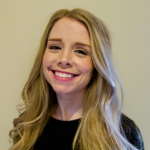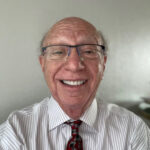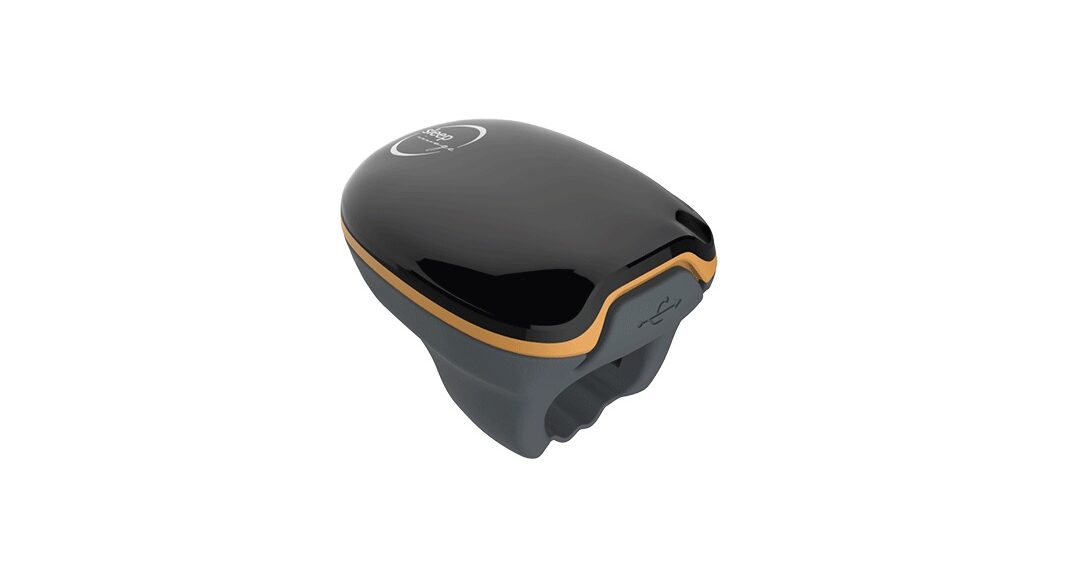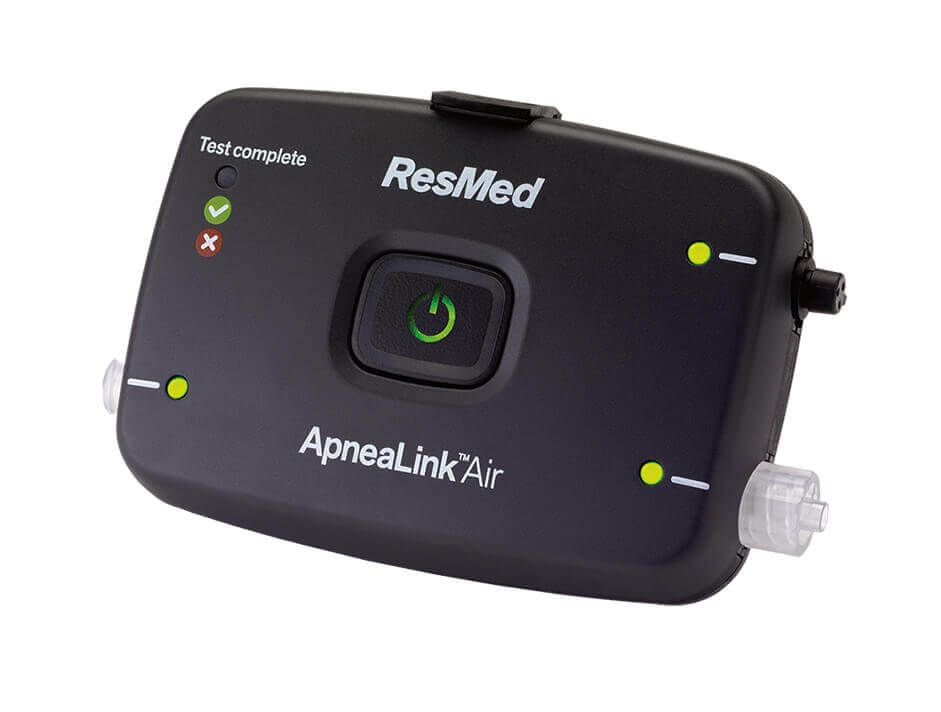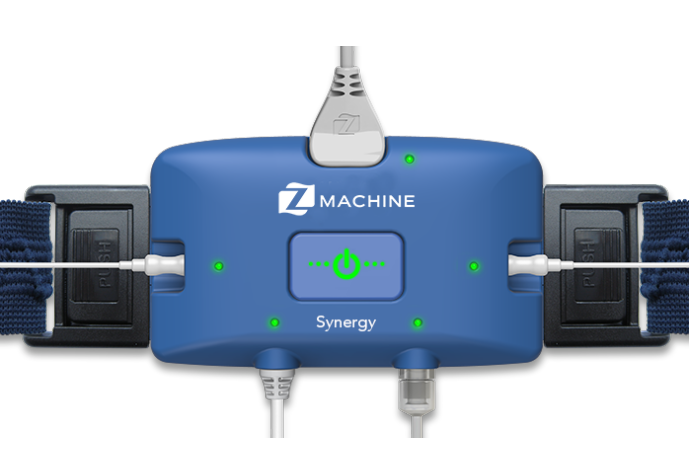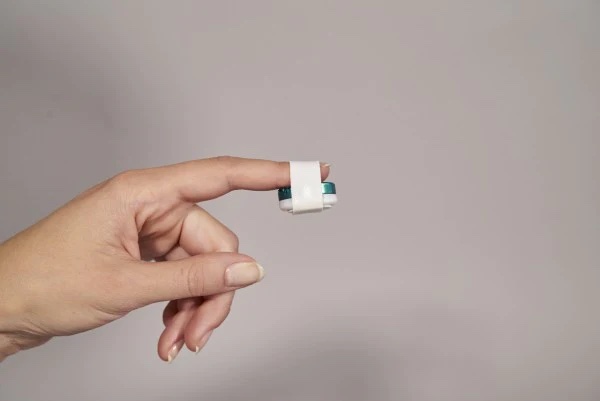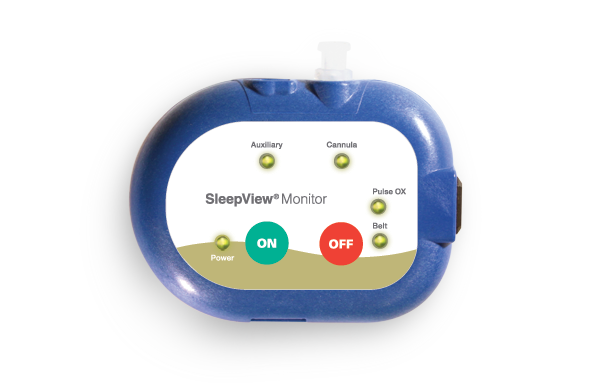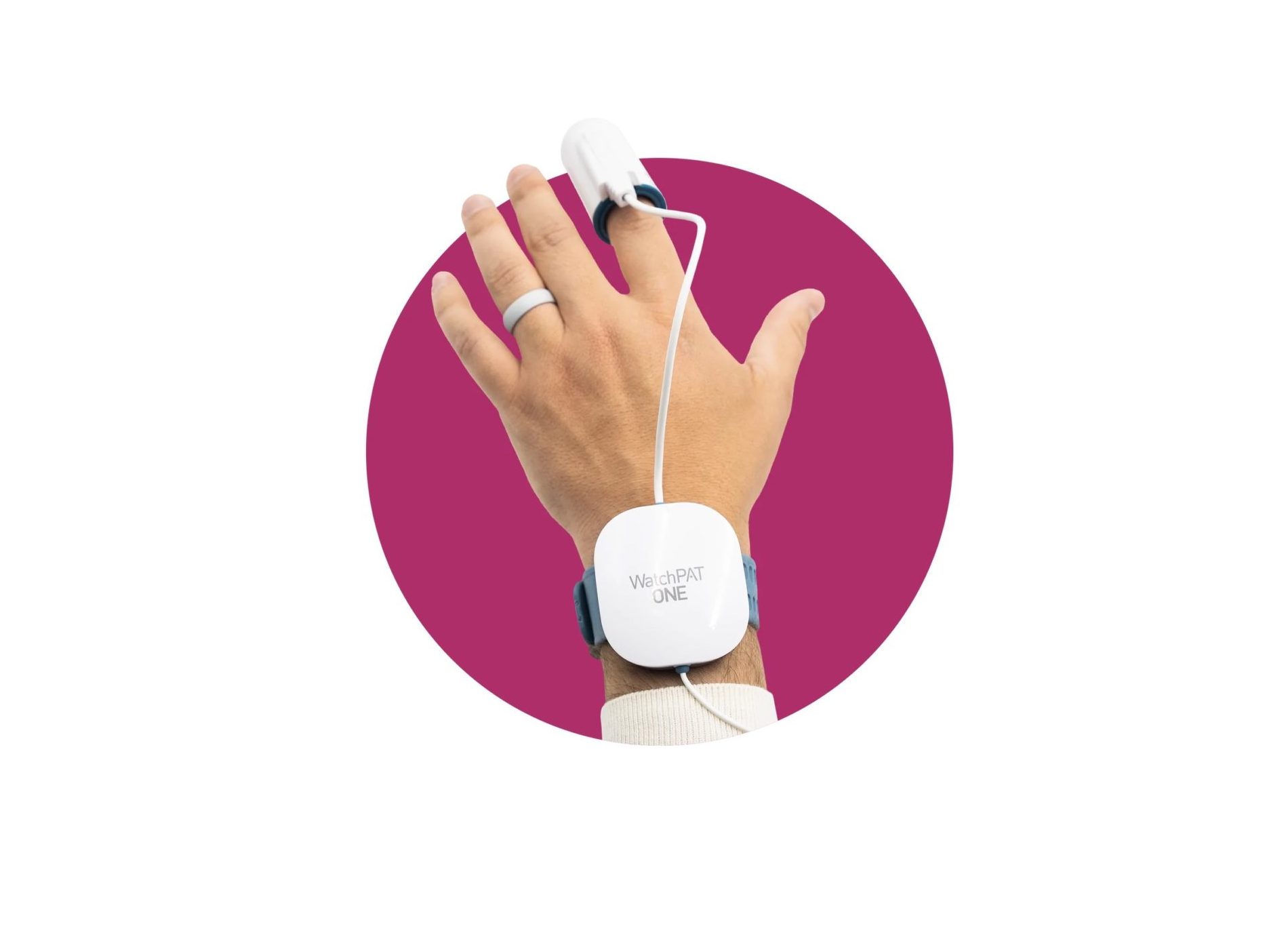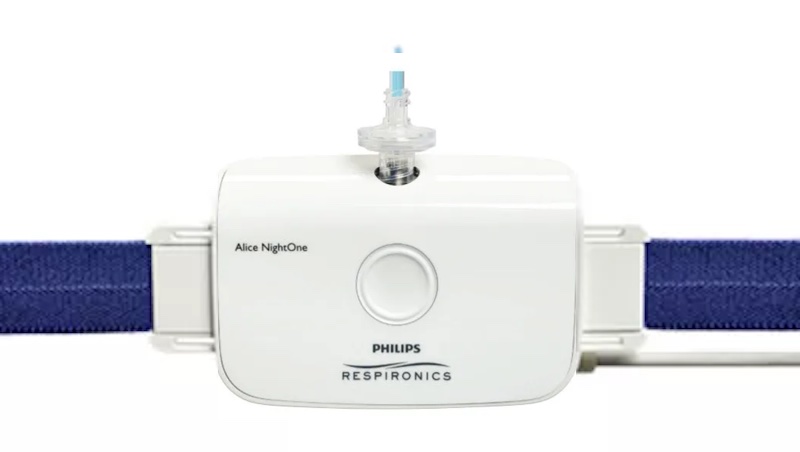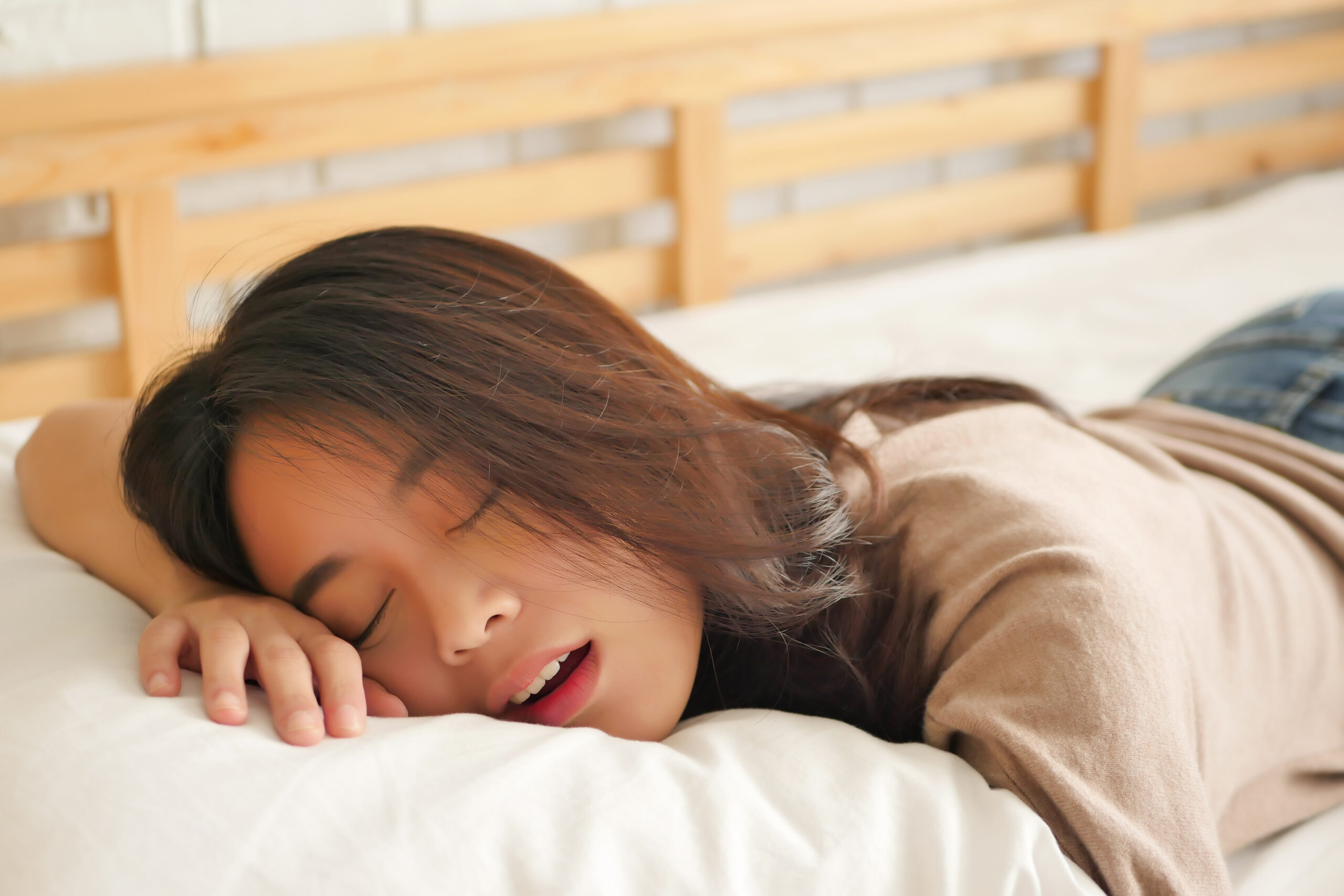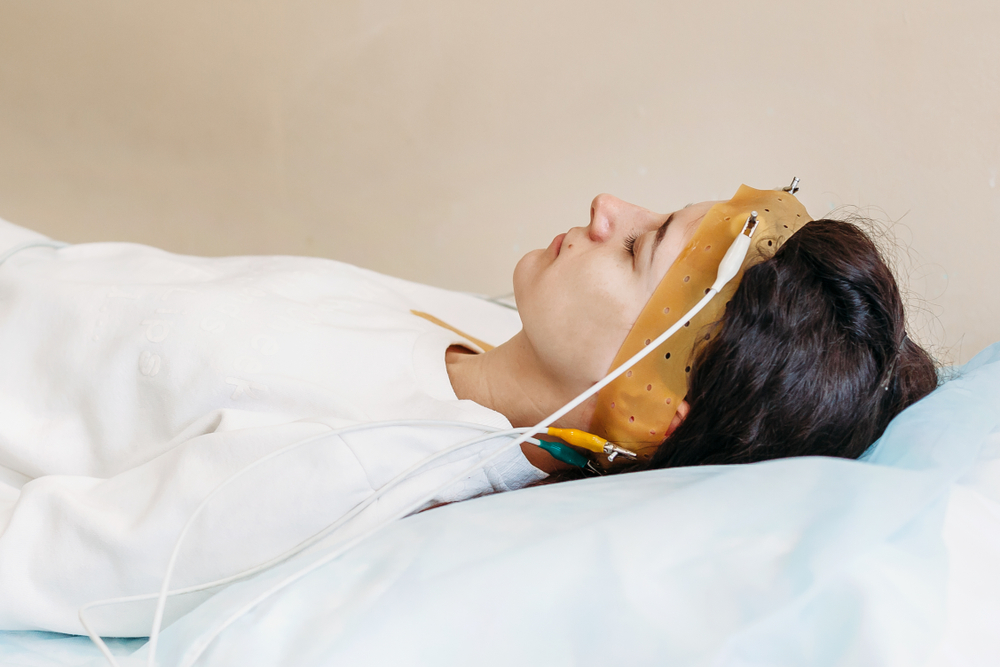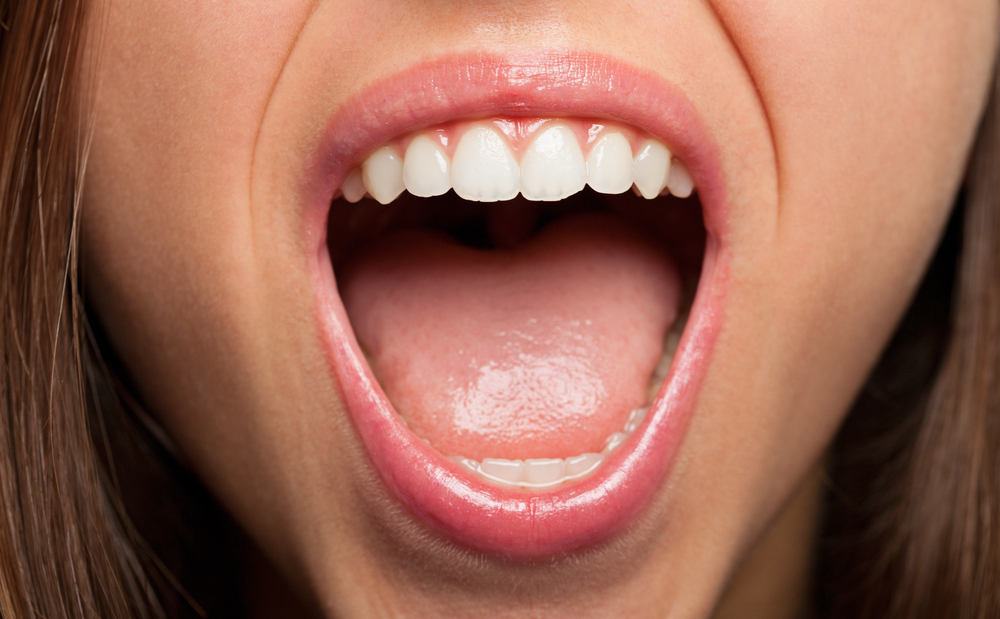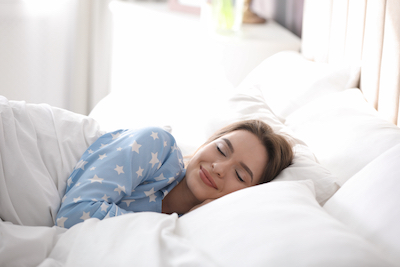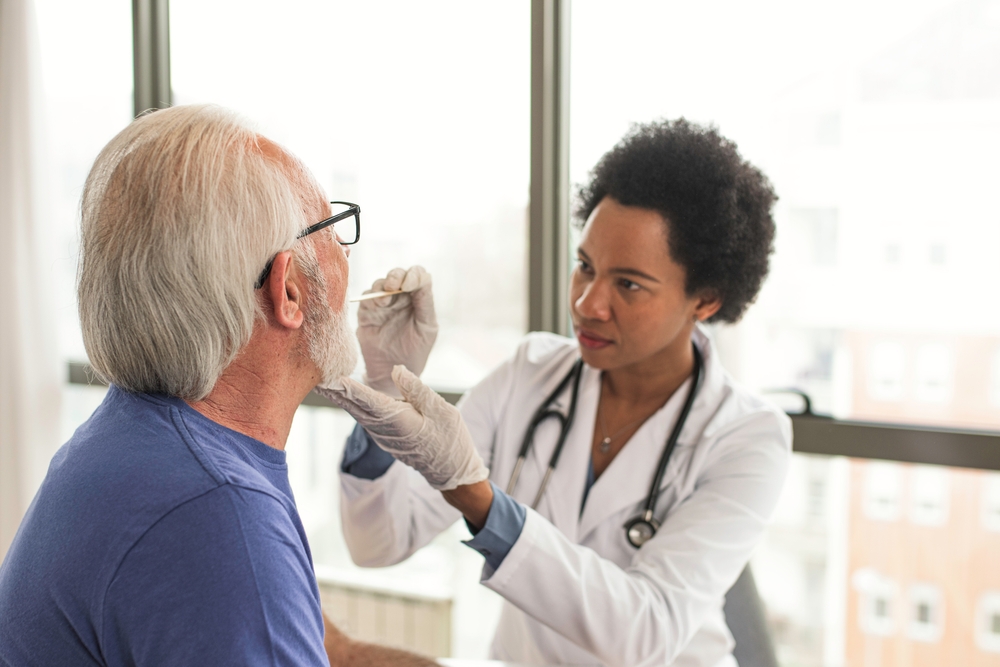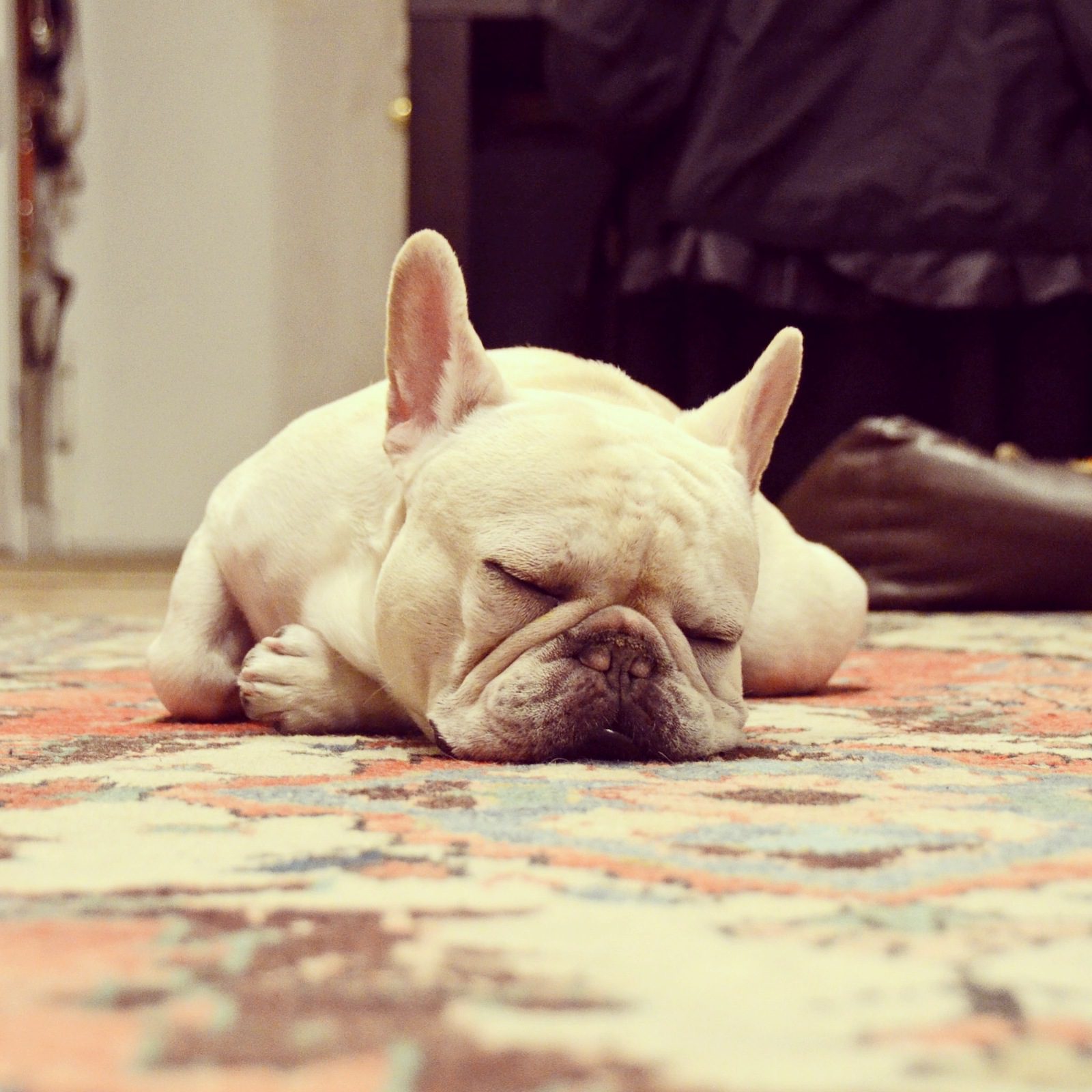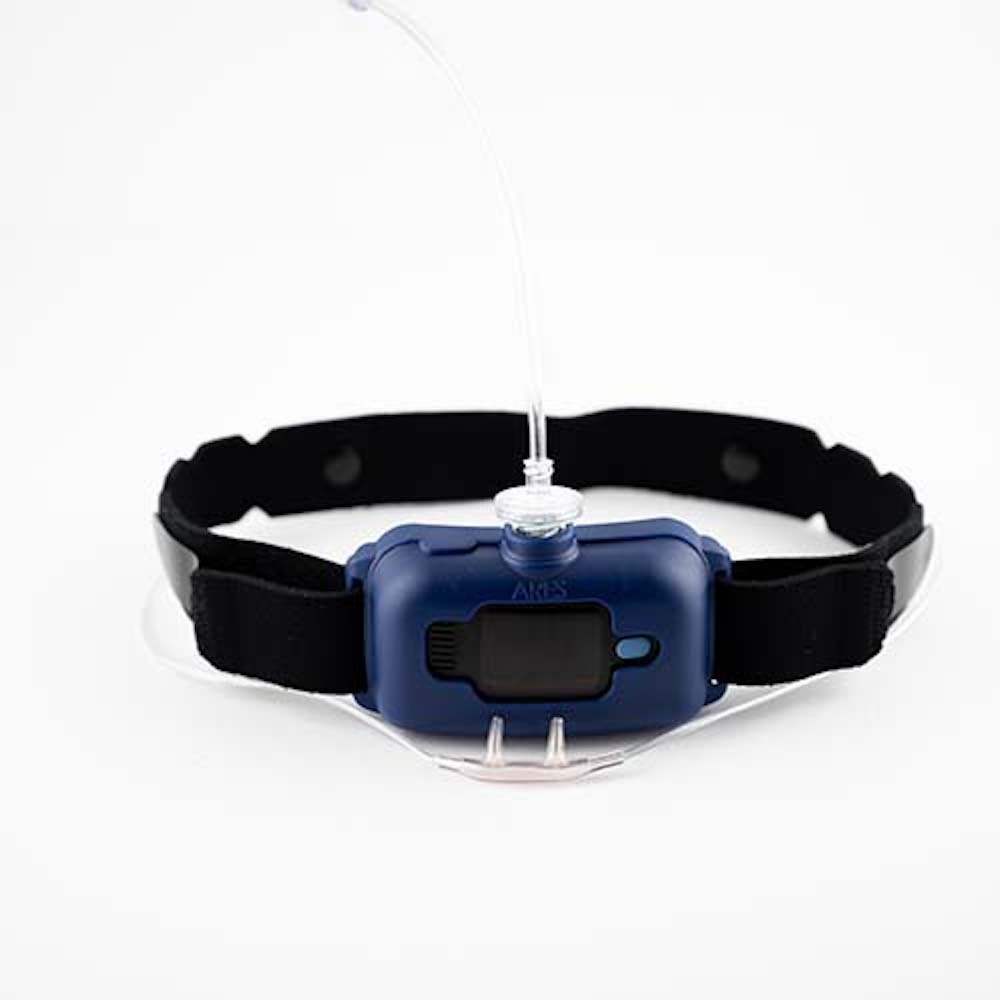As many as 70 million people in the United States have a sleep disorder. Sleep disorders interfere with normal sleep and can negatively affect both your health and quality of life. A sleep study, also called polysomnography, can help find the cause of sleep problems.
Sleep studies can help diagnose sleep apnea and other disorders, help to optimize treatment for sleep apnea, and check whether that treatment is effective. Learn more about sleep studies, including how sleep studies work, the different types of sleep studies, and when to talk to your doctor about whether a sleep study is right for you.
What Is a Sleep Study?
A sleep study is a specialized medical test used to evaluate your sleep health. By monitoring and recording your breathing, brain activity, movement, and other body functions, sleep studies are a useful tool for determining the cause of sleep problems.
Sleep studies are often conducted in a hospital or a specialized sleep center. Many sleep centers simulate a home bedroom or hotel rooms. In some cases, sleep studies can be done in your home using portable equipment.
While sleep studies are typically conducted at night, a daytime sleep study may be suggested for shift workers and others whose schedule requires that they sleep during the day. Daytime studies may also be used to diagnose disorders of excessive daytime sleepiness.
How Does a Sleep Study Work?
Polysomnography often happens within a hospital or sleep center designed for sleep testing. Prior to a sleep study, a health care provider will review the test procedures and any necessary preparation. You may be advised to avoid alcohol and caffeine before the test and to bring your own pillow and pajamas.
On the day of the test, a trained sleep technician will begin by helping you get comfortable in your room. They will attach small metal discs called electrodes to your head and other parts of your body. They will position a small tube near your nose and mouth and attach a monitor with a strap that goes over your chest.
The room where the sleep study takes place normally has a camera and a two-way audio system, which allows you to communicate with the sleep technician during the study.
Once the monitoring devices are set up, the lights will be turned off and you will be instructed to try to sleep. A health care professional is available at all times through the night if you need help for any reason. After waking up in the morning, the monitoring devices are disconnected.
Full-Night vs. Split-Night Sleep Studies
In a full-night sleep study, polysomnography is only used to assess sleep health and test for sleep apnea. In a split-night study, polysomnography is used both to diagnose sleep apnea and to plan and calibrate treatment.
One of the most common treatments for sleep apnea is continuous positive airway pressure (CPAP) therapy. A CPAP device keeps your airway open by pumping a continuous stream of air through a mask on your face. To optimize CPAP therapy, it is important to calibrate the device’s settings to match your needs.
This calibration is known as CPAP titration. Polysomnography is either full-night or split-night depending on whether CPAP titration is performed during the initial sleep study.
- Full-night sleep study: This study involves measurements of your sleep for an entire night. If the test shows that you have sleep apnea, you may be asked to schedule an additional overnight visit to the sleep clinic for CPAP titration.
- Split-night sleep study: In a split-night study, the first half of the night is used to diagnose sleep apnea, and the second half is used for CPAP titration. Many people prefer a split-night study due to the convenience of not having to return for CPAP titration.
A full-night sleep study is generally considered to be the most accurate form of sleep apnea testing, and there are situations when this kind of study is necessary. Your doctor can discuss the pros and cons of a full-night or split-night sleep study in your specific case.
What Does a Sleep Study Show?
Polysomnography provides a wide variety of measurements that can help your doctor evaluate sleep problems. Measurements that are recorded during a sleep study include:
- Brain waves
- Eye movements
- Levels of oxygen in the blood
- Heart rate and rhythm
- Breathing patterns and airflow
- Snoring
- Body movements
- Sleeping position
Measurements are recorded by a computer system and then evaluated by the sleep technician to look for any signs of sleep issues. The technician will document anything abnormal that happens while you sleep, your progress through the stages of sleep, nighttime awakenings, and any disruptions in your breathing.
After the sleep study is complete, your results will be forwarded to your doctor or sleep specialist, who will contact you to share the results as well as treatment options. Polysomnography can be used to diagnose a variety of sleep disorders.
- Sleep apnea: Sleep apnea causes repeated interruptions in nighttime breathing. A sleep study can confirm a diagnosis and the degree of sleep apnea, find the right settings for a CPAP machine, and confirm that treatments are effective.
- Sleep-related breathing disorders: In addition to sleep apnea, polysomnography can identify other types of sleep-related breathing disorders.
- Insomnia: Insomnia interferes with the quality and quantity of sleep, such as falling asleep and staying asleep. While most people with insomnia don’t need a sleep study, this testing may be recommended if the causes of insomnia aren’t clear from your medical history and a physical exam.
- Narcolepsy: Narcolepsy inhibits the body’s ability to properly regulate sleep. Polysomnography may be used in combination with other examinations to diagnose narcolepsy.
- Hypersomnia: Hypersomnia describes excessive tiredness that isn’t improved by sleep or napping. Polysomnography can help find the cause of these symptoms and can diagnose idiopathic hypersomnia, a type of hypersomnia in which the cause is unknown.
Other Types of Sleep Studies
While in-lab polysomnography is the gold standard type of sleep study to diagnose obstructive sleep apnea, there are several other types of sleep studies that may be used in select circumstances. Your doctor or a sleep specialist will determine the best type of sleep study based on your individual needs.
At-Home Sleep Study
At-home sleep studies are an alternative to sleep studies conducted in a hospital or sleep laboratory. Your doctor may suggest an at-home sleep study if they think it is very likely that you have obstructive sleep apnea.
In some cases, an initial at-home sleep apnea test may be recommended before in-lab polysomnography. An at-home sleep study may also be prescribed after starting CPAP therapy to see how well it is working.
Prior to taking an at-home sleep apnea test, a trained provider will walk you through how to place the electrodes on your body and start using the device. After testing is complete, your doctor will obtain data from the testing device and review the results with you.
At-home sleep studies can be a convenient way to diagnose sleep apnea, but testing at home also has limitations. Home sleep apnea tests collect fewer measurements, and trained sleep technicians are not available to address questions or resolve equipment problems.
Home sleep apnea tests are an option for many people suspected of having moderate to severe obstructive sleep apnea. At-home sleep apnea tests are not recommended in the following situations:
- Your doctor suspects that you have another type of sleep disorder, including central sleep apnea
- Another medical condition may be contributing to your nighttime breathing issues
- You are a pilot, driver, first responder, member of the military, or work in another role where daytime alertness is essential for safety
- You live in an area where no sleep specialist is available to interpret and discuss your test results
- You’ve already tried an at-home sleep apnea test and had negative or inconclusive results
Multiple Sleep Latency Test
A multiple sleep latency test (MSLT) is another type of sleep study. Multiple sleep latency testing applies polysomnography techniques to measure daytime sleepiness and can help doctors diagnose or rule out narcolepsy, hypersomnia, and other sleep disorders.
Multiple sleep latency testing often begins shortly after finishing an overnight sleep study. During the MSLT, you are connected to monitoring devices and instructed to take five naps over the course of a day. Nap periods last for at least 20 minutes and are separated by two-hour breaks. During these breaks you are told to stay awake and are able to leave the room.
This test helps doctors assess how quickly you fall asleep during the daytime when given the opportunity and how quickly your body enters rapid eye movement (REM) sleep. When combined with an overnight sleep study, measurements taken during multiple sleep latency testing are needed to diagnose narcolepsy and idiopathic hypersomnia.
Maintenance of Wakefulness Test
A maintenance of wakefulness test (MWT) is a type of sleep study that measures how alert you are during the day and whether you can stay awake in certain situations. This test doesn’t need to be performed in conjunction with an overnight sleep study. Instead, an MWT is typically used to evaluate whether treatment for sleep issues is helping to reduce daytime sleepiness.
Maintenance of wakefulness testing usually begins a few hours after you wake up in the morning. After arriving at the sleep center, you are given a room that is set at a comfortable temperature with dim lighting. You may be asked to sit up in a bed or reclining chair while you are attached to monitoring devices.
During this test, you will be told to stay awake for as long as you can. There are four testing periods with two-hour breaks between them. Each test period is complete when you have either fallen asleep or stayed awake for 40 minutes.
Actigraphy
Actigraphy uses a wearable activity monitor to study your sleep. Activity monitors are small devices worn around the wrist that can measure your movement to assess time spent in bed, sleep time, and even ambient light.
An actigraphy device may be recommended if your doctor wants to measure patterns in your sleep schedule. Activity monitors can help to diagnose certain sleep disorders and find the cause of excessive tiredness. A wearable device can sometimes determine whether treatment for sleep problems is effective.
Most activity monitors are simple to use and include a rechargeable battery. Although several wearable devices are marketed as sleep monitors, it’s important to work with your doctor to find the right activity monitor for you. To assess sleep issues, activity monitors are often worn for days or weeks at a time.
When to Consider a Sleep Study
You don’t have to simply accept low-quality, unrefreshing sleep. Talk to your doctor if you or a loved one notice one or more of the following issues:
- A difficult time falling or staying asleep
- Daytime sleepiness or falling asleep unexpectedly during the day
- Loud and persistent snoring, snorting, or choking during sleep
- Waking up out of breath
- Discomfort in your legs when resting
- Abnormal movements or activities during sleep
A doctor can start evaluating your sleep problems by asking about your symptoms. They may then conduct a physical exam and review your medical history. After this, your doctor can suggest steps to improve your sleep and may refer you for a sleep study or a consultation with a sleep specialist.
How Much Does a Sleep Study Cost?
The cost of a sleep study depends on your health insurance coverage. If you have health insurance, contact your provider for information about your plan’s deductible, copayments or coinsurance, and your out-of-pocket maximum. Medicare and many other insurance plans only provide coverage for sleep studies under certain circumstances.
If you don’t have health insurance, talk to your doctor and the billing or financial department at the location where you receive care. Your doctor or the facility conducting the sleep study may have information about discounted services, financial assistance, or help enrolling in a health care plan.
